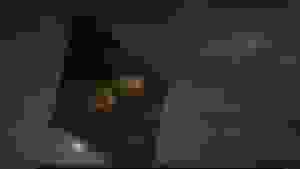The James Webb Space Telescope (JWST) is primarily designed for infrared astronomy. As the optical telescope in space, its vastly improved infrared resolution and sensitivity allow it to view objects that the Hubble Space Telescope cannot because they are too old, distant, or faint. This is expected to enable a wide range of astronomical and cosmological investigations, such as the observation of the stars and the formation of the first galaxies, as well as detailed atmospheric characterization of potentially habitable exoplanets. JWST was developed in collaboration with the European Space Agency (ESA) and the Canadian Space Agency (CSA/ASC) by the United States National Aeronautics and Space Administration (NASA).
About James Webb Space Telescope:
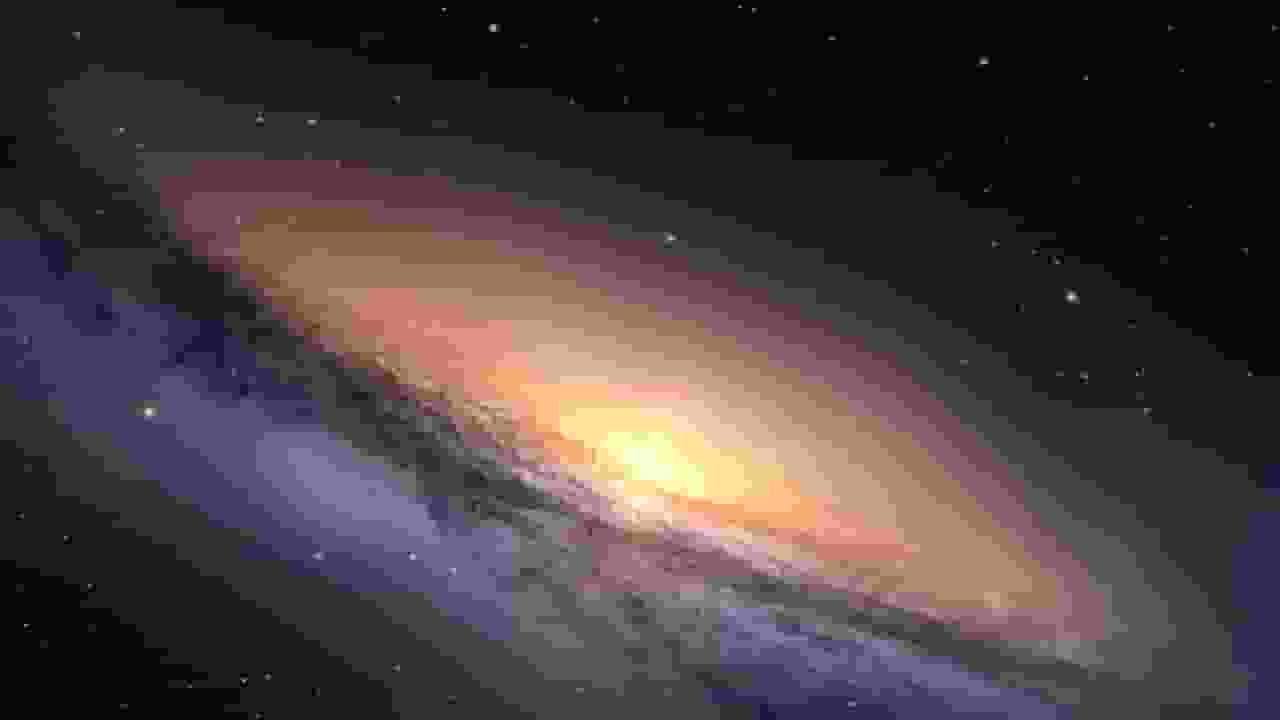
The NASA Goddard Space Flight Center (GSFC) in Maryland oversaw telescope development, the Space Telescope Science Institute on Johns Hopkins University’s Homewood Campus in Baltimore operates JWST, and Northrop Grumman was the prime contractor. The telescope is named after NASA Administrator James, who served from 1961 to 1969 during the Mercury, Gemini, and Apollo programs. JWST was launched on an Ariane 5 rocket from Kourou, French Guiana, in December 2021 and arrived at the Sun-Earth Lagrange point in January 2022. JWST is set to replace Hubble as NASA’s flagship astrophysics mission in July 2022. On July 11, 2022, the first image from JWST was revealed to the public during a press conference.
The Design of James Webb Space Telescope:
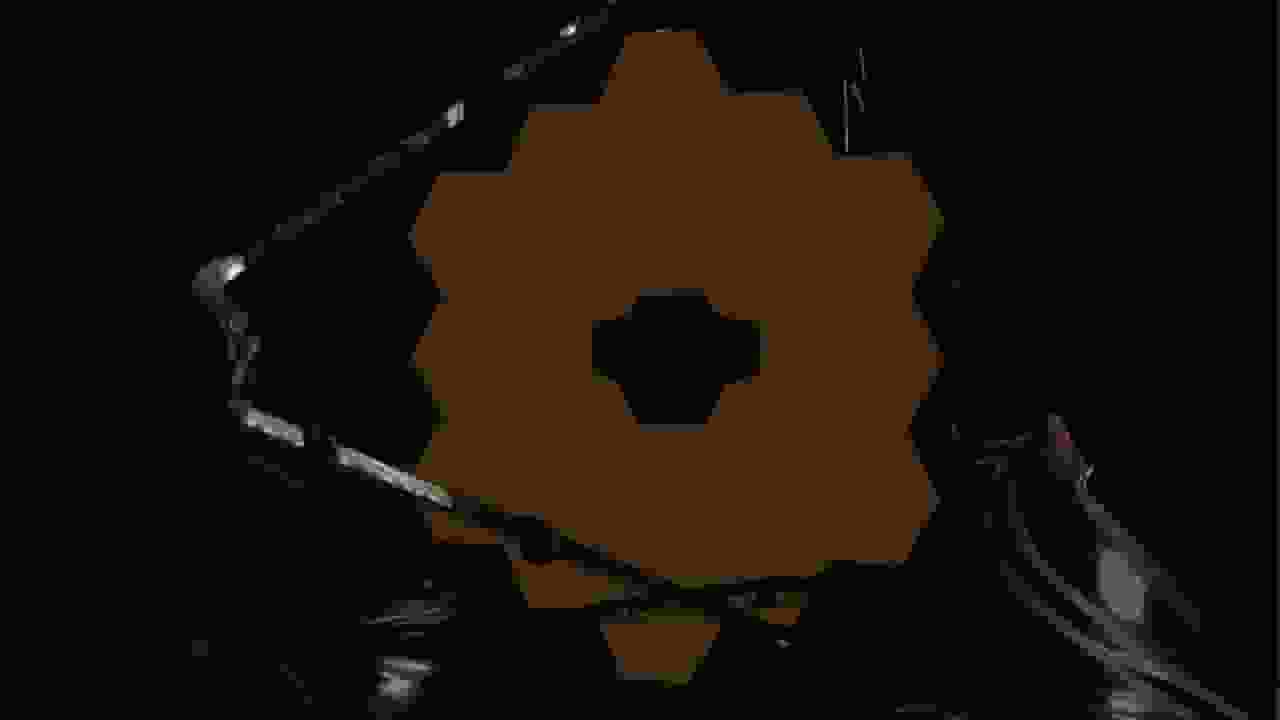
Early plans for the Next Generation Space Telescope, as it was then known, began in 1996. Two concept studies were commissioned in 1999, with a target launch date of 2007 and a USD 1 billion budget. Massive cost overruns and delays plagued the program a significant redesign in 2005 resulted in the current approach, completed in 2016 at the cost of US$10 billion. The media, scientists, and engineers remarked on the launch’s high stakes and the telescope’s complexity. JWST’s primary mirror comprises 18 hexagonal mirror segments made of gold-plated beryllium that combine to form a 6.5-meter-diameter mirror, compared to Hubble’s 2.4-meter-diameter mirror.
Features of James Webb Space Telescope:
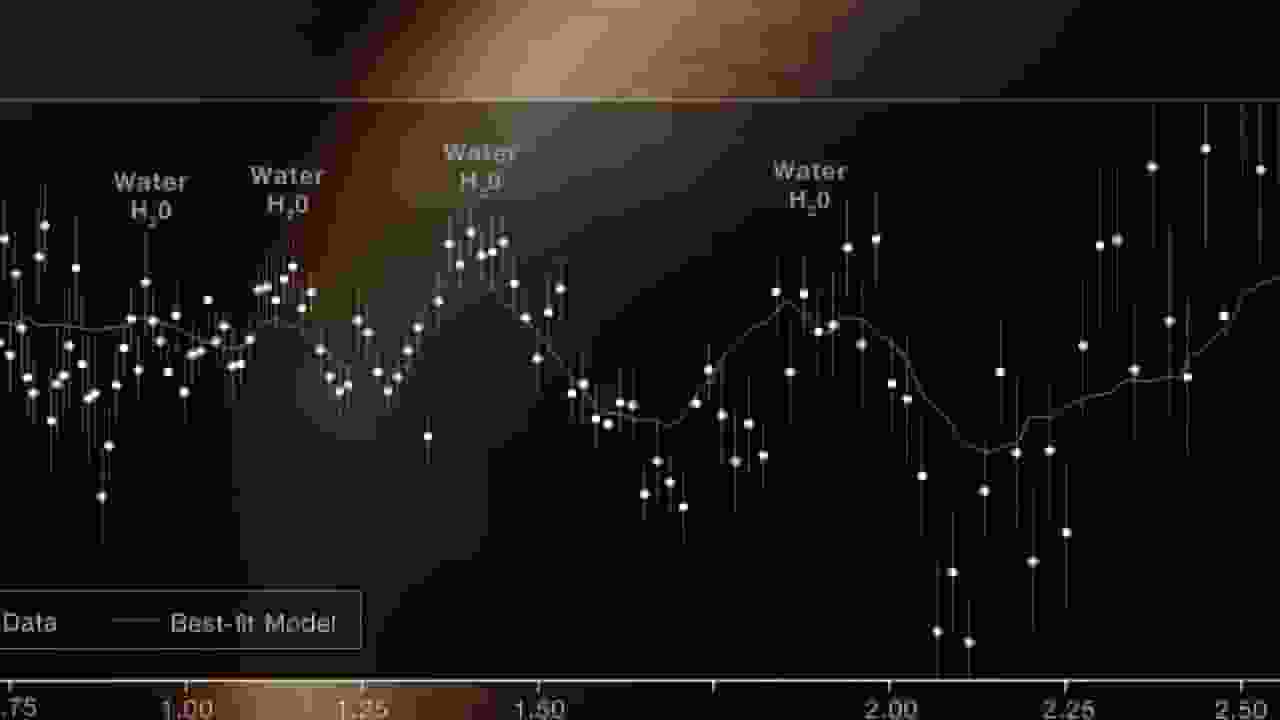
Because high-redshift (very early and distant) objects have their visible emissions shifted into the infrared, their light can only be observed today via infrared. The design emphasizes the near to mid-infrared. Infrared light penetrates dust clouds more easily than visible light. Colder objects, such as debris discs and planets, emit the most strongly in the infrared; however, these infrared are challenging to study from Earth or with existing space telescopes, such as Hubble. Ground-based telescopes must peer through the Earth’s atmosphere, which is opaque in many infrared wavelength bands. Many target chemical compounds, such as water and methane, can be found even where the atmosphere is clear.
Instruments used in James Webb Space Telescope:
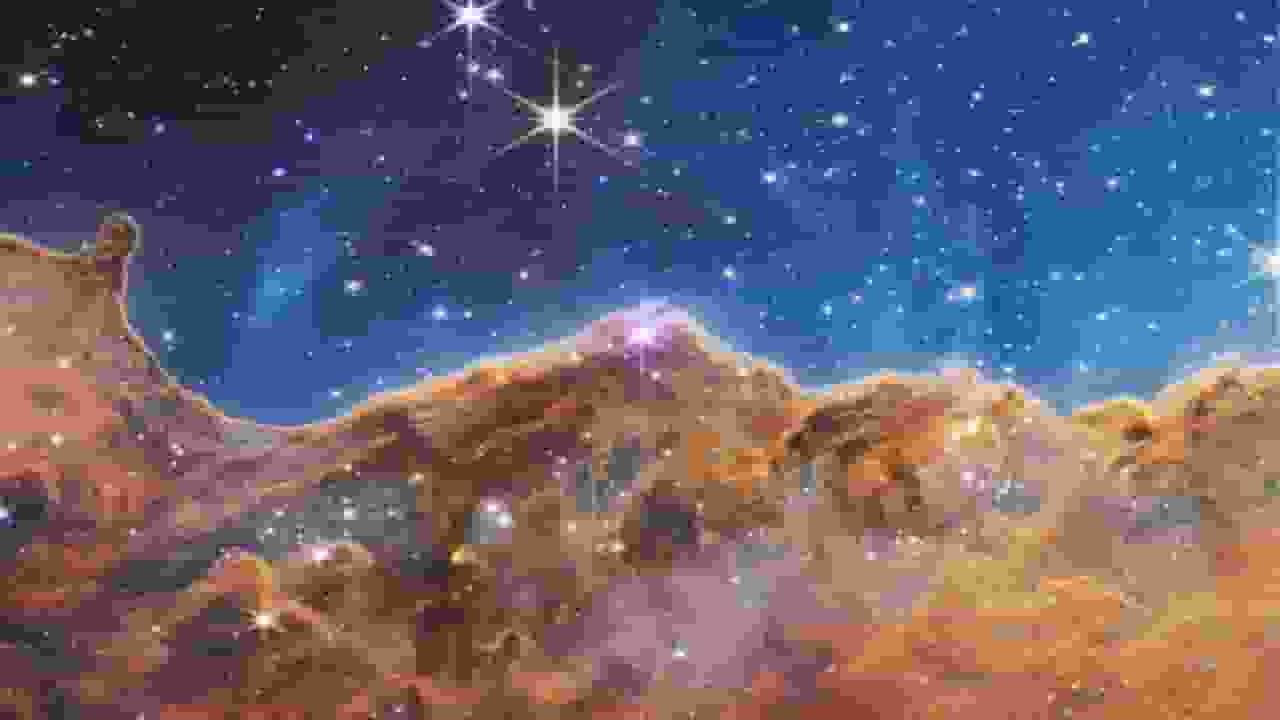
NIRCam (Near InfraRed Camera) is an infrared image with spectral coverage ranging from the visible edge (0.6 m) to the near-infrared. The NIRSpec (Near Infrared Spectrograph) will also conduct spectroscopy in the same wavelength range. MIRI (Mid-InfraRed Instrument) will measure infrared wavelengths ranging from 5 to 27 m. It has a mid-infrared camera as well as an imaging spectrometer. The Canadian Space Agency’s FGS/NIRISS (Fine Guidance Sensor and Near Infrared Imager and Slitless Spectrograph) project, led by project scientist John Hutchings (Herzberg Astronomy and Astrophysics Research Centre, National Research Council), is used to stabilize the observatory’s line-of-sight all through scientific observations.
Service of James Webb Space Telescope:
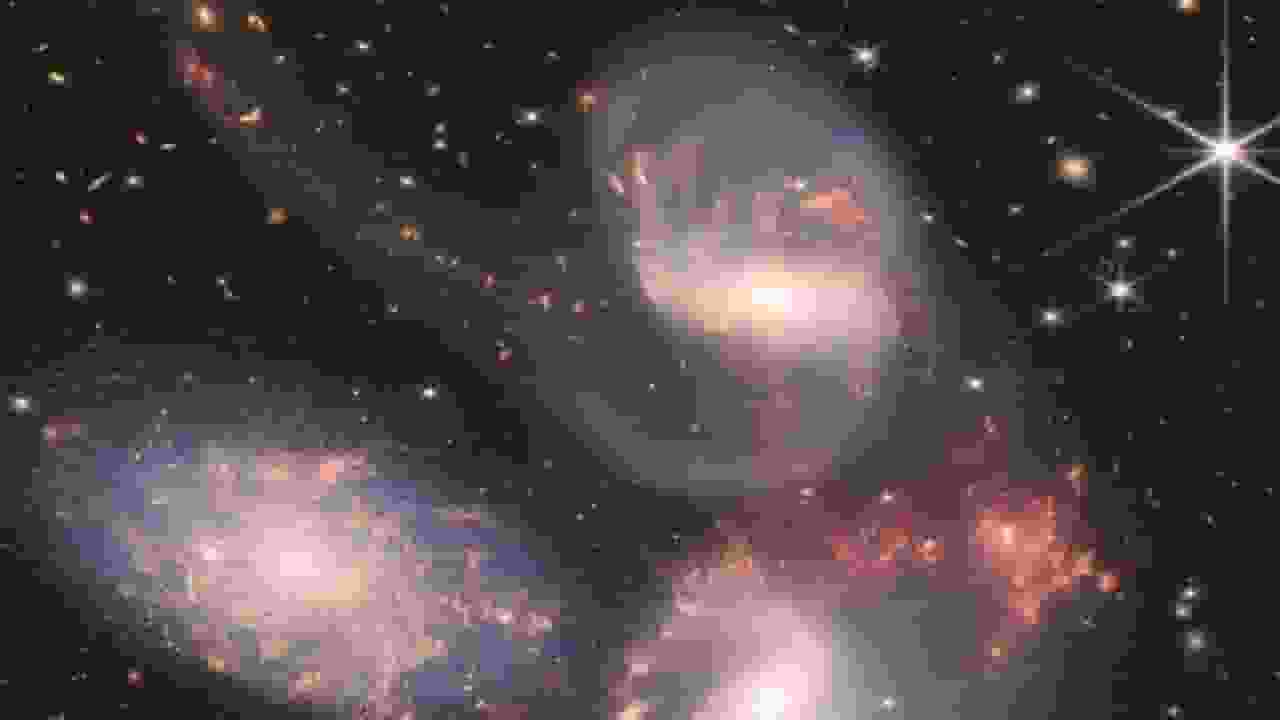
The JWST is not designed to be in space. As was done for Hubble, a crewed mission to repair or upgrade the observatory is currently not possible. An uncrewed remote assignment was found to be beyond current technology at the time JWST was designed, according to NASA Associate Administrator Thomas Zurbuchen. [58]. NASA officials mentioned the possibility of a servicing mission during the lengthy JWST testing period, but no plans were announced. NASA has stated that limited accommodations have been made to facilitate future servicing missions if any. Precision guidance markers in the form of crosses on the surface of JWST for use by remote servicing missions and refillable fuel tanks were among the features.
A large infrared space telescope has long been desired. The Space Infrared Telescope Facility was planned in the United States during the development of the Space Shuttle, and the potential for infrared astronomy was recognized at the time. Space observatories, unlike ground telescopes, were not affected by the atmospheric absorption of infrared light. Astronomers now have access to a “whole new sky” thanks to space observatories. On the other hand, infrared telescopes have a disadvantage: they must remain freezing, and the longer the wavelength of infrared, the harder they must be. Otherwise, the device’s background heat overwhelms the detectors, rendering them blind. This can be overcome through careful spacecraft design, mainly through the placement of the telescope.

